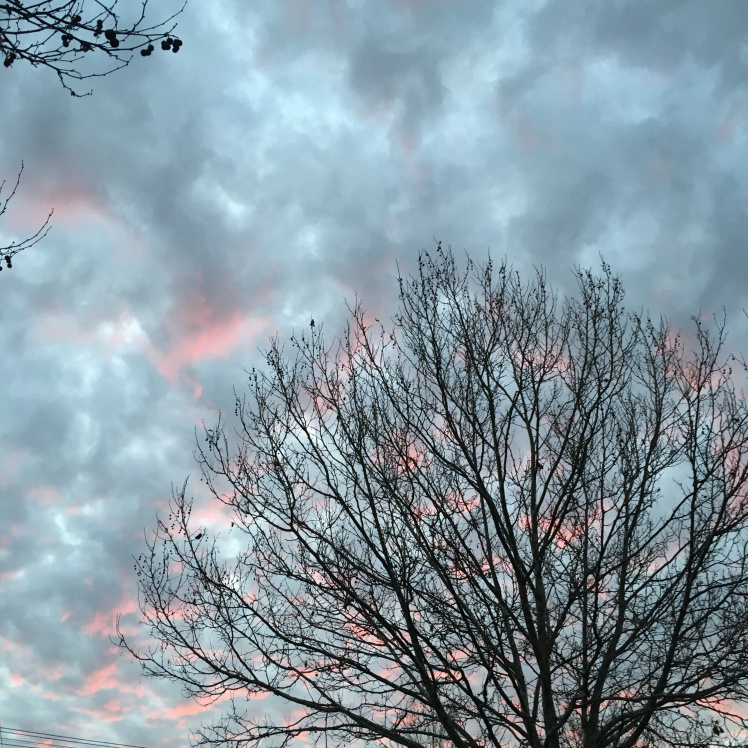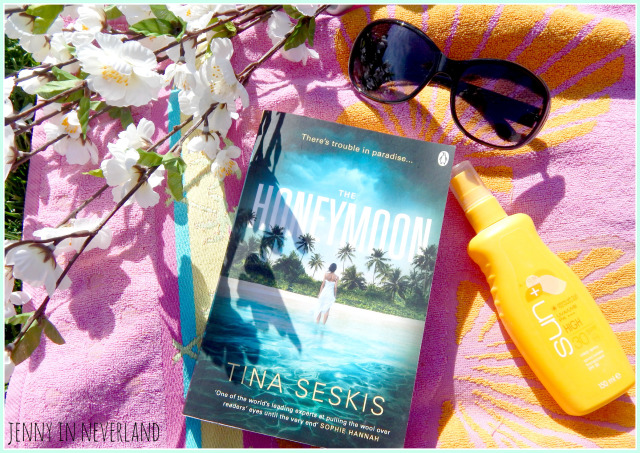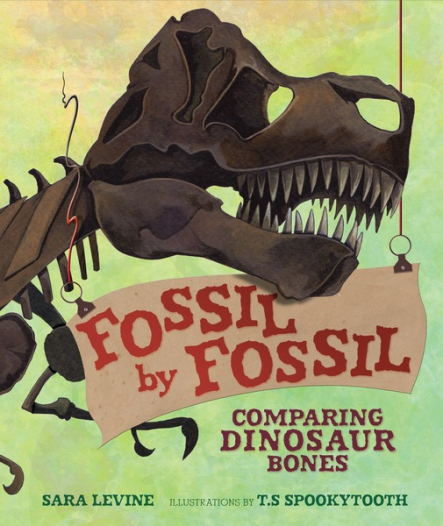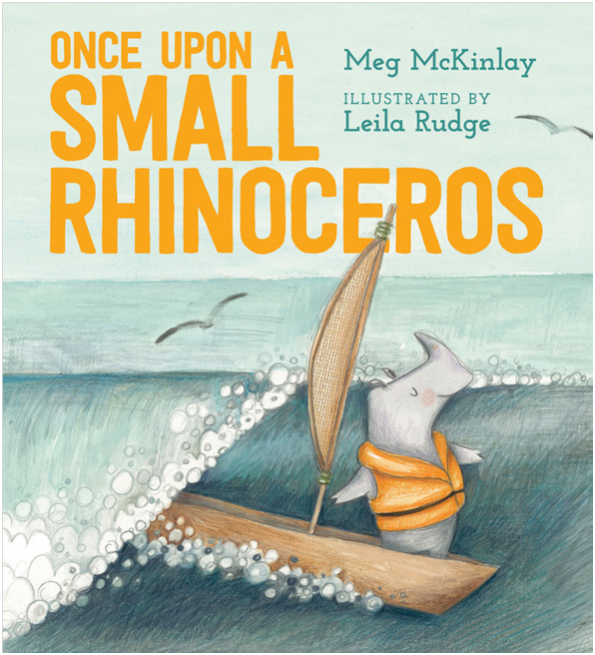 Photo taken from an evening stroll … looking up!
Photo taken from an evening stroll … looking up!
I have a belief that we tend to care more about the things we notice. And, in reverse, if we want to see changes made, or treasure and protect those aspects we value, we first need to pay attention to them.
It’s true for our lives – what we choose to put our energy towards. It’s true for our family and friends – and our own well being. And it’s true for our environment too.
This year I’ve been making a conscious effort to look a lot more. To look and to notice. To observe what’s going on around me. To notice changes in my local area, in my travels daily, and when I venture further. Not only to notice but to think about them. Not only to LOOK but also to SEE.
What I’ve found is that as I pay more attention, I’m noticing so many more details all around me. Even though I walk a similar path each day to my local train station, and then alight from a city station to my work building, I see changes. Even though most of my local walks (and occasional jogs) tend to be following routes I’ve traveled before, I notice changes to homes, businesses, to the gardens as we transition through the seasons. I notice when the neighbours are away, I see through the dumping of bikes or basketballs left outside whether the kids have been playing, and as a result of cars in the street, whether they have visitors. Sometimes I stop and chat, but sometimes I just notice. And I feel a connection. It’s interesting – and more importantly, by connecting, it helps us to belong.
I’ve just finished reading Inga Simpson’s Understory: A Life with Trees. Even in my suburban / urban world – with periodic escapes to the beach, countryside or camping – I could identify with so much of what she wrote.
How she recognises that:
- Even though you can live somewhere for a long time, you can stop noticing, as something grows from so small you didn’t notice, to a flaming, glorious presence you can hardly miss: ‘I look out that window every day. I had made my phone and the messages it brings me from the outside, my focus, instead of the forest. I had stopped seeing’.
- As you look, the more you start to notice. You can’t take everything in at once – otherwise your mind would be a blur of indistinct impressions. Taking the time to look means that you will continue to observe. And then you’ll recognise ‘so many things popping up out of the ground every season, every week, which are new: details and patterns and signs just waiting for my eye to become sufficiently attuned‘.
- You need to visit a place several times to truly see it: ‘in different conditions, to attune our eye to the details, to a place’s particularities, observing changes through the seasons and over time‘.
If we want to really get to know somewhere, we need to place importance on it. And that doesn’t happen by accident. As she says,
‘It is partly about taking the time to sit and observe, to let other concerns and thoughts fall away – the chatter and noise that gets in our way and those rigid frames through which we view the world – and allow the mind to observe what is right there in front of us: to receive rather than to impose.’
As I said at the start, this isn’t true only for our environment. it’s a good lesson for much of life. And it can take time – but that’s not a bad thing. It’s great to know there is something new ahead – even if it’s been in front of us all the time.
For the moment, I’m using this phrase from Understory as a reminder not to rush, but to take the time to notice and appreciate:
‘You can’t see a forest all at once. It takes time’.
Advertisements If you liked what you read, please share!





